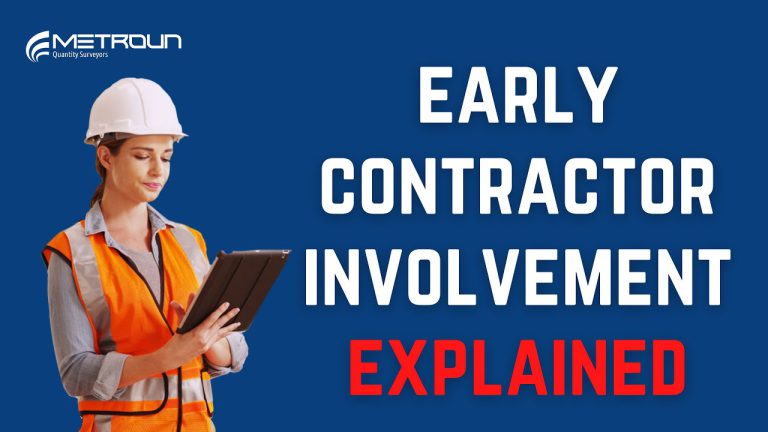In traditional construction contracts, the delivery process tends to follow a linear and fragmented route: the client appoints a consultant to design the project, which is then handed over to a contractor to build. While this separation of roles has long been the norm, it can create an adversarial environment, with limited collaboration and a lack of continuity across project stages.
But what if the contractor, often the person with the most practical, on-the-ground knowledge, was brought into the process much earlier?
Enter Early Contractor Involvement (ECI).
What is Early Contractor Involvement (ECI) ?
As the name suggests, ECI brings the contractor into the project team at an earlier stage—sometimes as early as the feasibility phase. This allows their expertise to inform major project decisions before they are finalised by other parties. By the time a design is fully developed under traditional methods, many opportunities for improving buildability, efficiency, or cost-effectiveness may already have been lost.
ECI flips that script by encouraging:
- Improved team collaboration
- Greater innovation
- Better value for money
- Input on programming and buildability
This is often facilitated through an incentivised two-stage contract, which provides a platform for contractors to contribute meaningfully during the design phase.
ECI and NEC Contracts
The NEC suite of contracts, known for their collaborative and flexible approach, actively promotes ECI. Both NEC3 and NEC4 include provisions to support early contractor involvement. In NEC4, this is formalised through Secondary Option Clause X22, which can be included at the client’s discretion. See our post on X Clauses.
Key Benefits of ECI
Here are some of the clear advantages of using ECI on construction projects:
- Early action: Discrete works or long-lead procurement can begin before the full design is complete.
- Design input: Contractors can influence the design as it evolves.
- Better programming: Construction schedules are more realistic and robust.
- Risk management: Health and safety and risk strategies benefit from practical contractor input.
- Cost transparency: Subcontractor and contractor pricing is more open and traceable.
- Faster delivery: With less rework and better planning, ECI projects can be completed more quickly.
But What Are the Risks?
Despite its benefits, ECI is not without its challenges:
- Less early cost certainty: When a contractor is engaged before subcontractor pricing is complete, the final cost of the project is still unknown.
- Trust and accountability: The client must trust the contractor’s advice and pricing in the absence of competitive pressure.
- Blurred responsibilities: If the contractor contributes to the design, there can be confusion over who is responsible for what.
- Upfront cost risk: If the project is cancelled or changes dramatically, early costs incurred by the contractor may be wasted.
Conclusion
Early Contractor Involvement has the potential to radically improve the way we deliver construction projects. By harnessing contractor expertise from the outset, ECI encourages smarter decisions, better planning, and a more integrated team approach.
However, like any procurement strategy, it must be managed carefully, with clear responsibilities, open communication, and the right contractual framework in place.
Used wisely, ECI is more than just a buzzword. It’s a forward-thinking strategy for better, faster, and more collaborative construction delivery.










